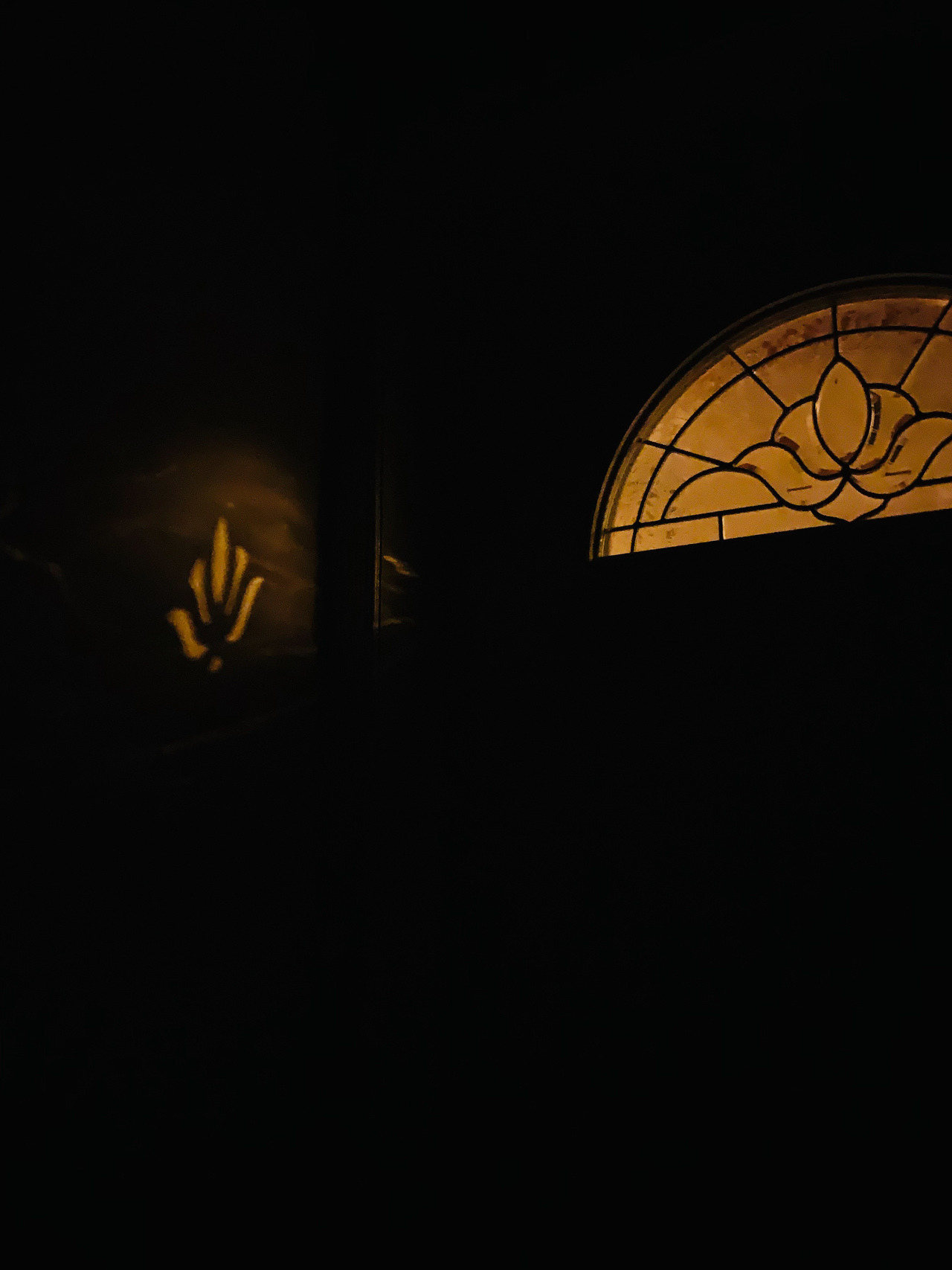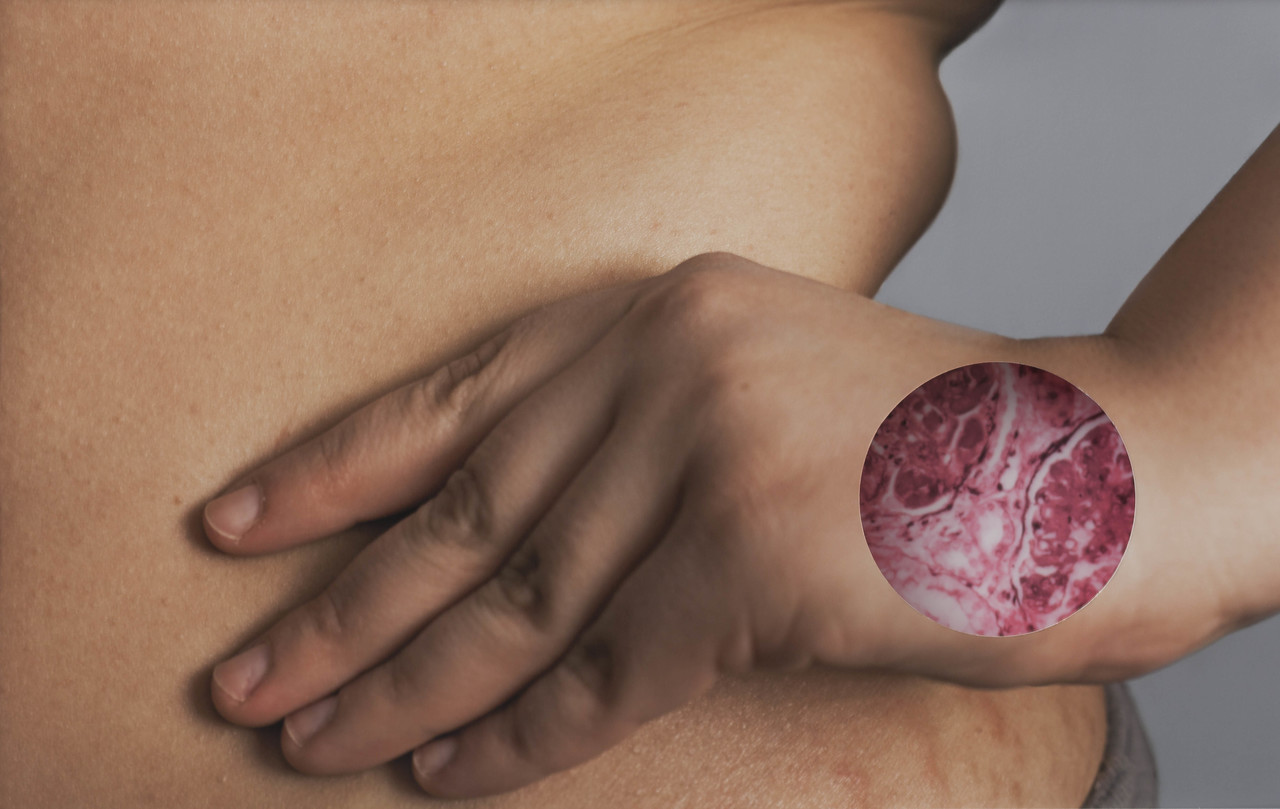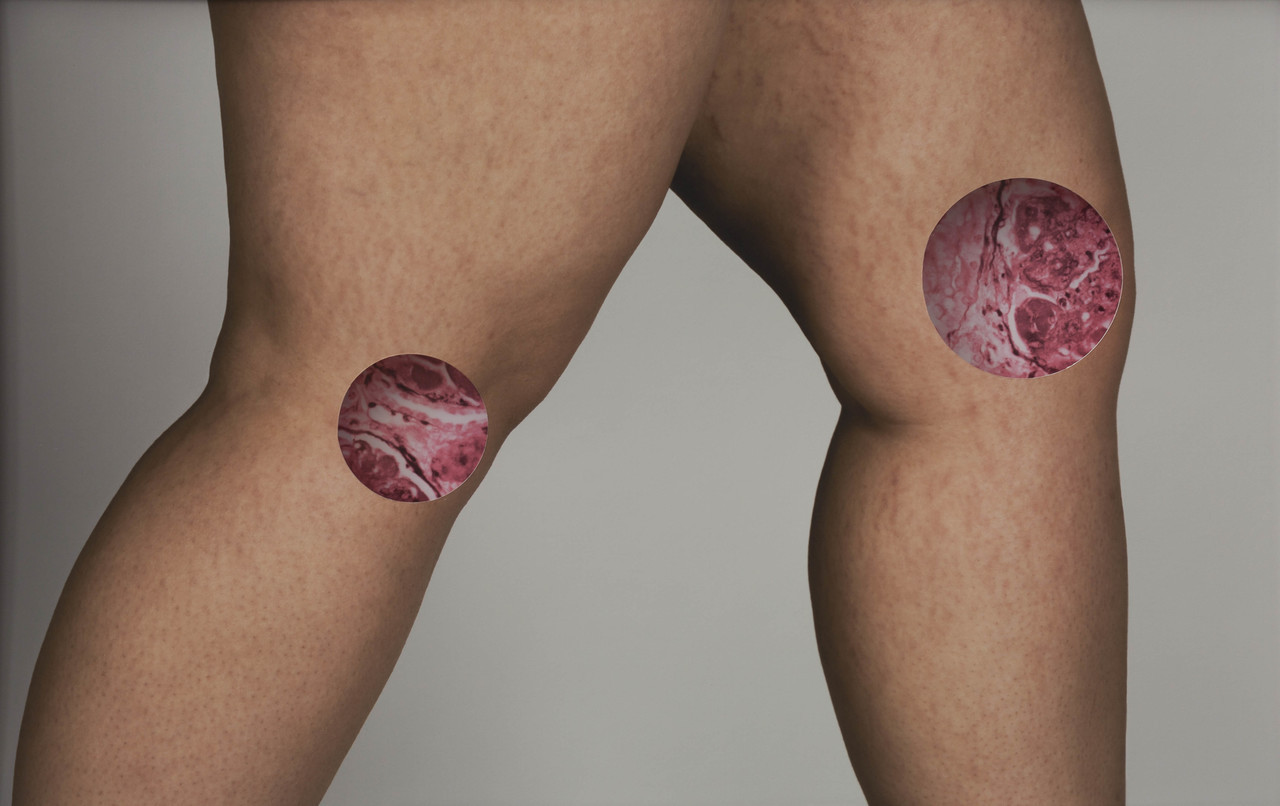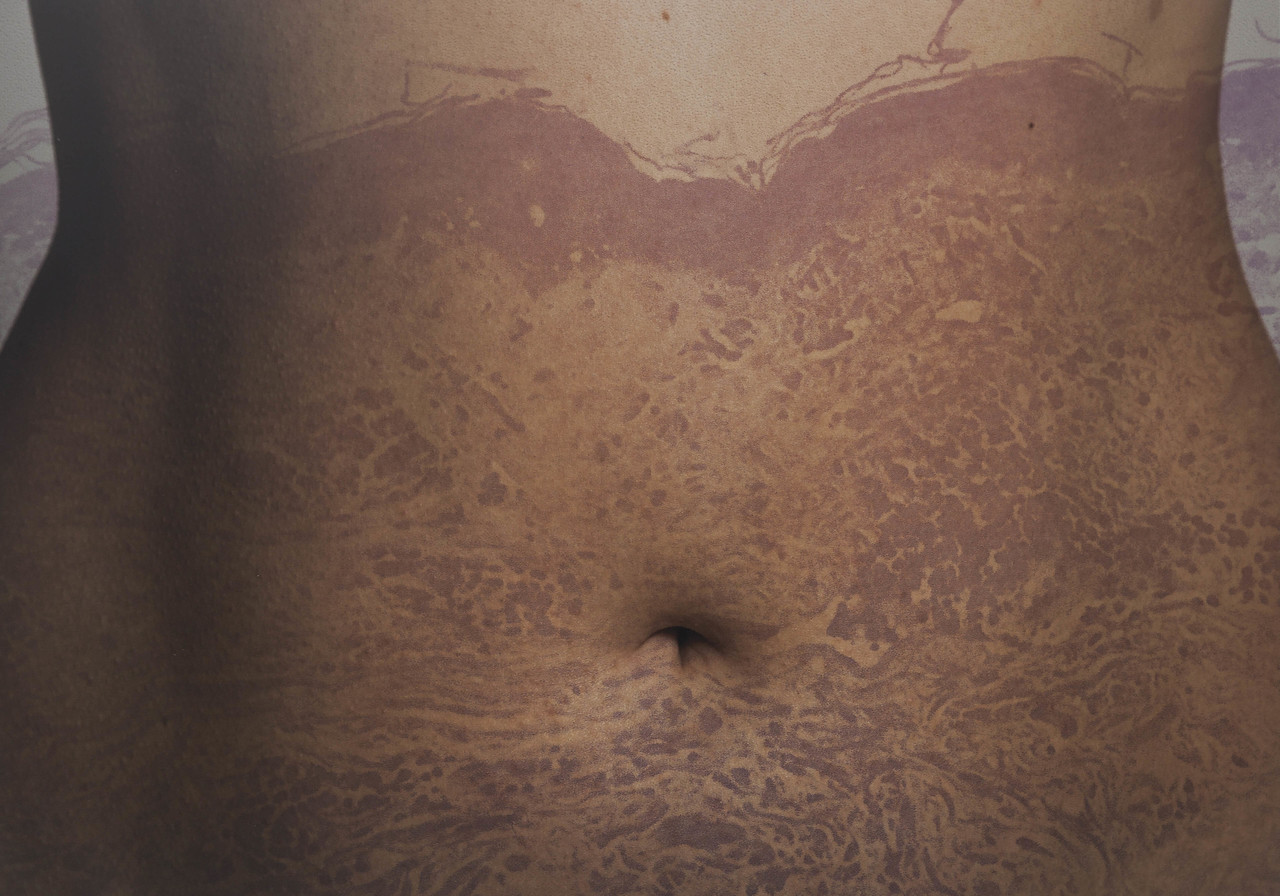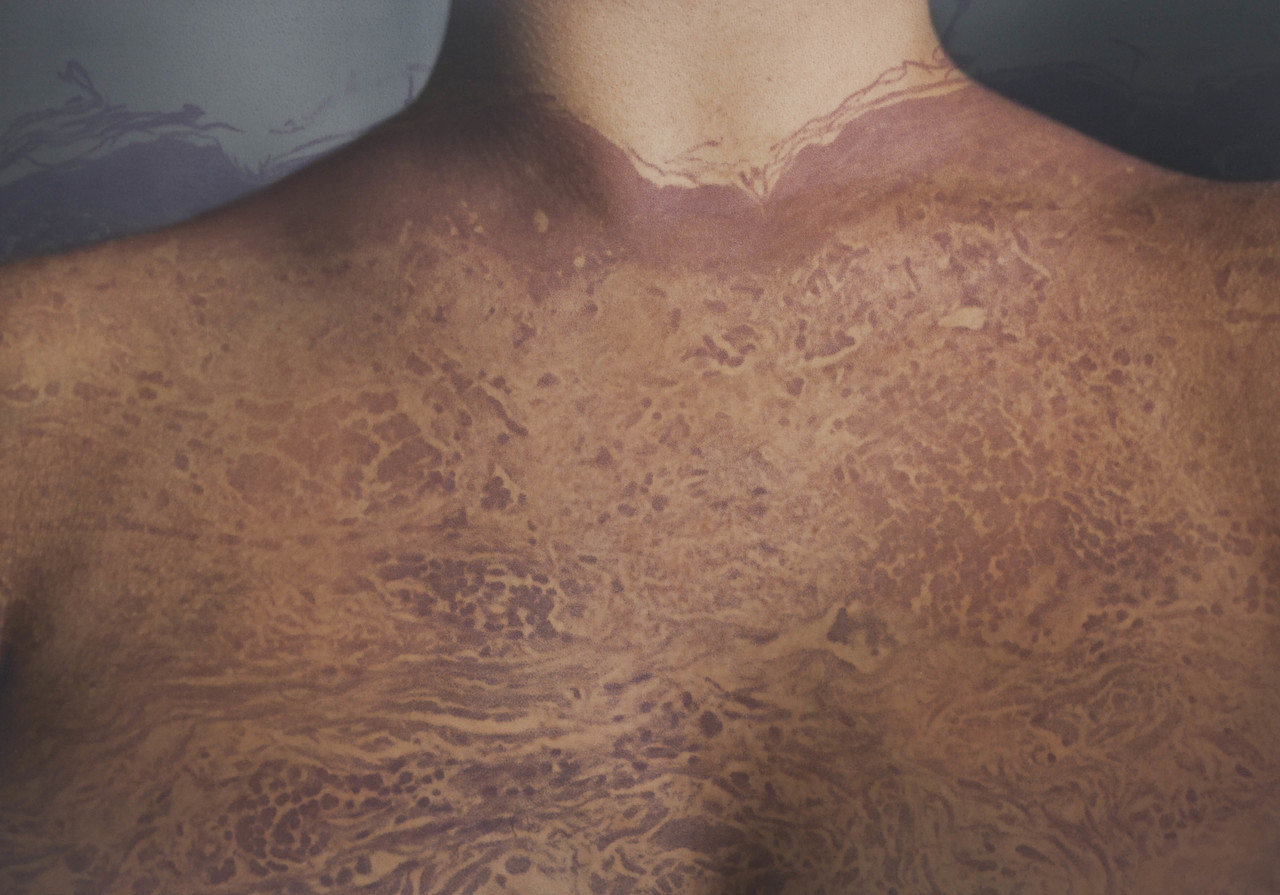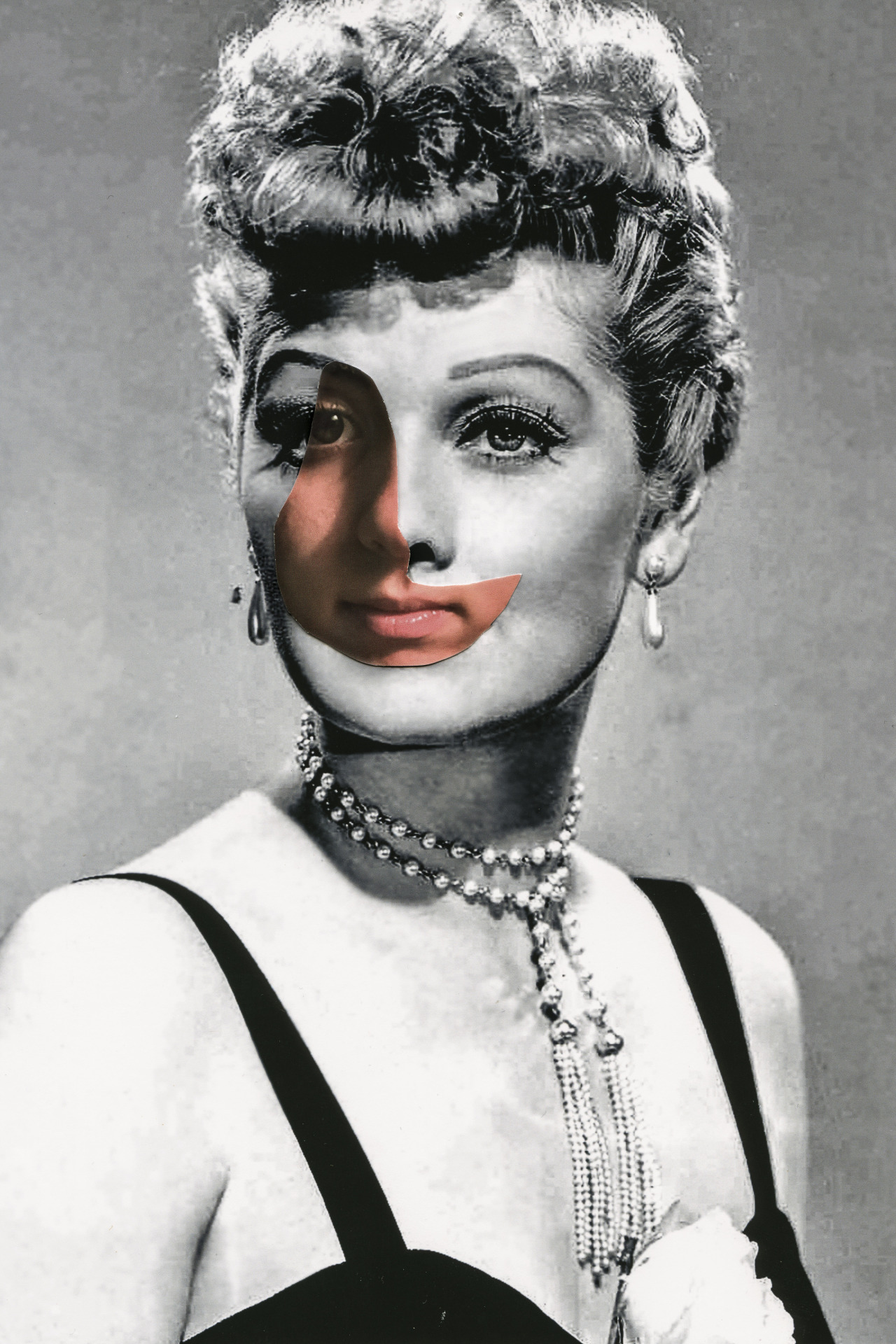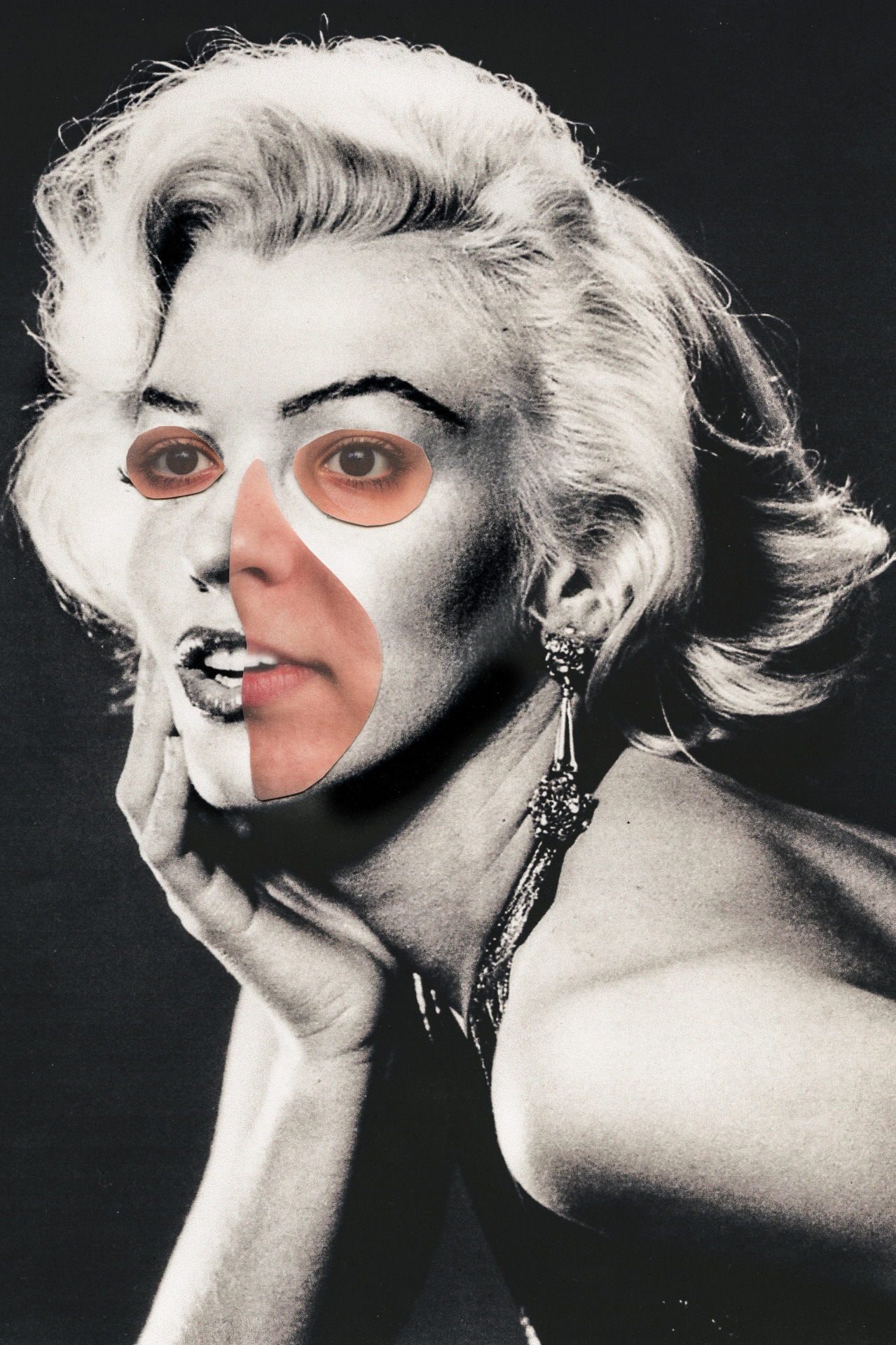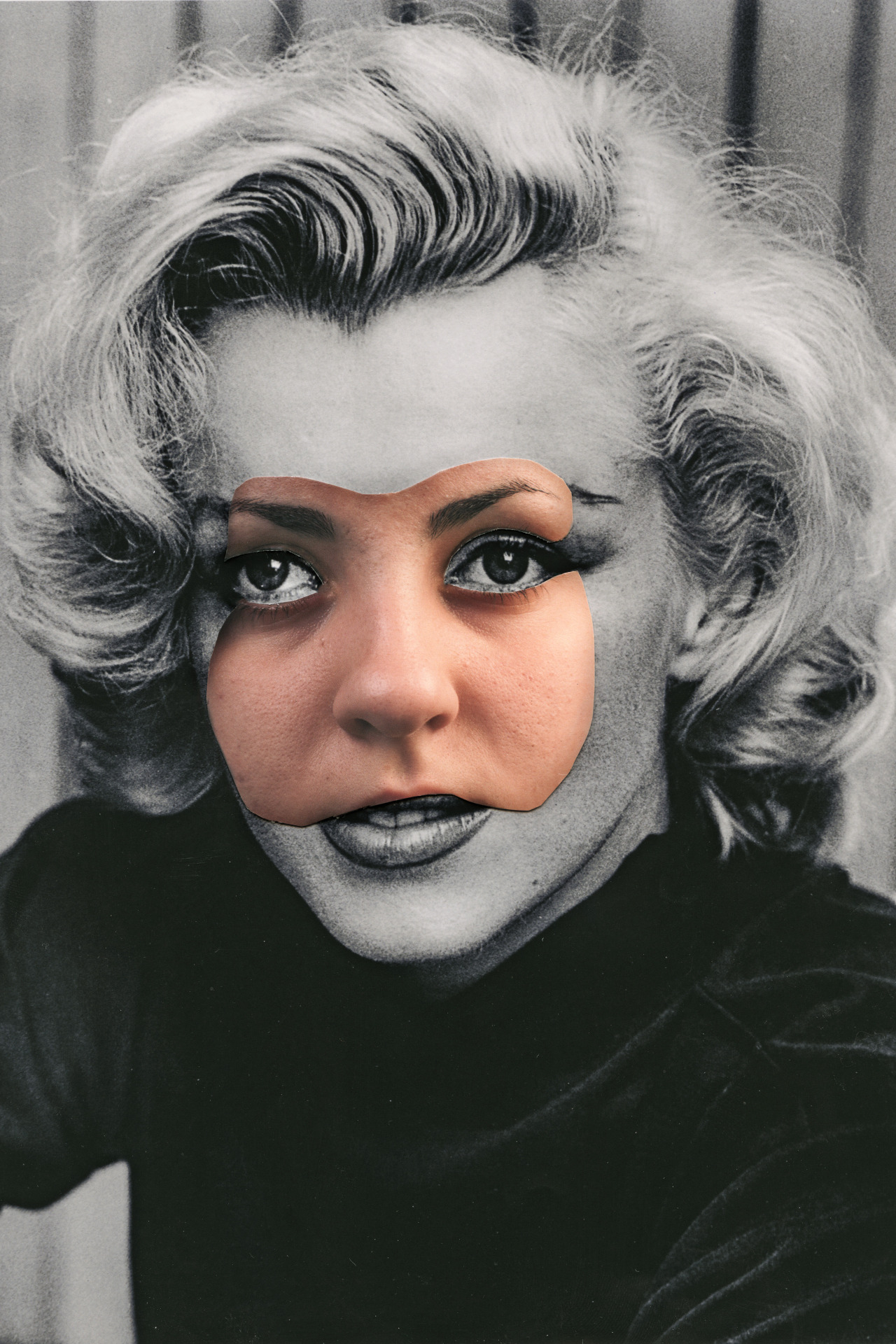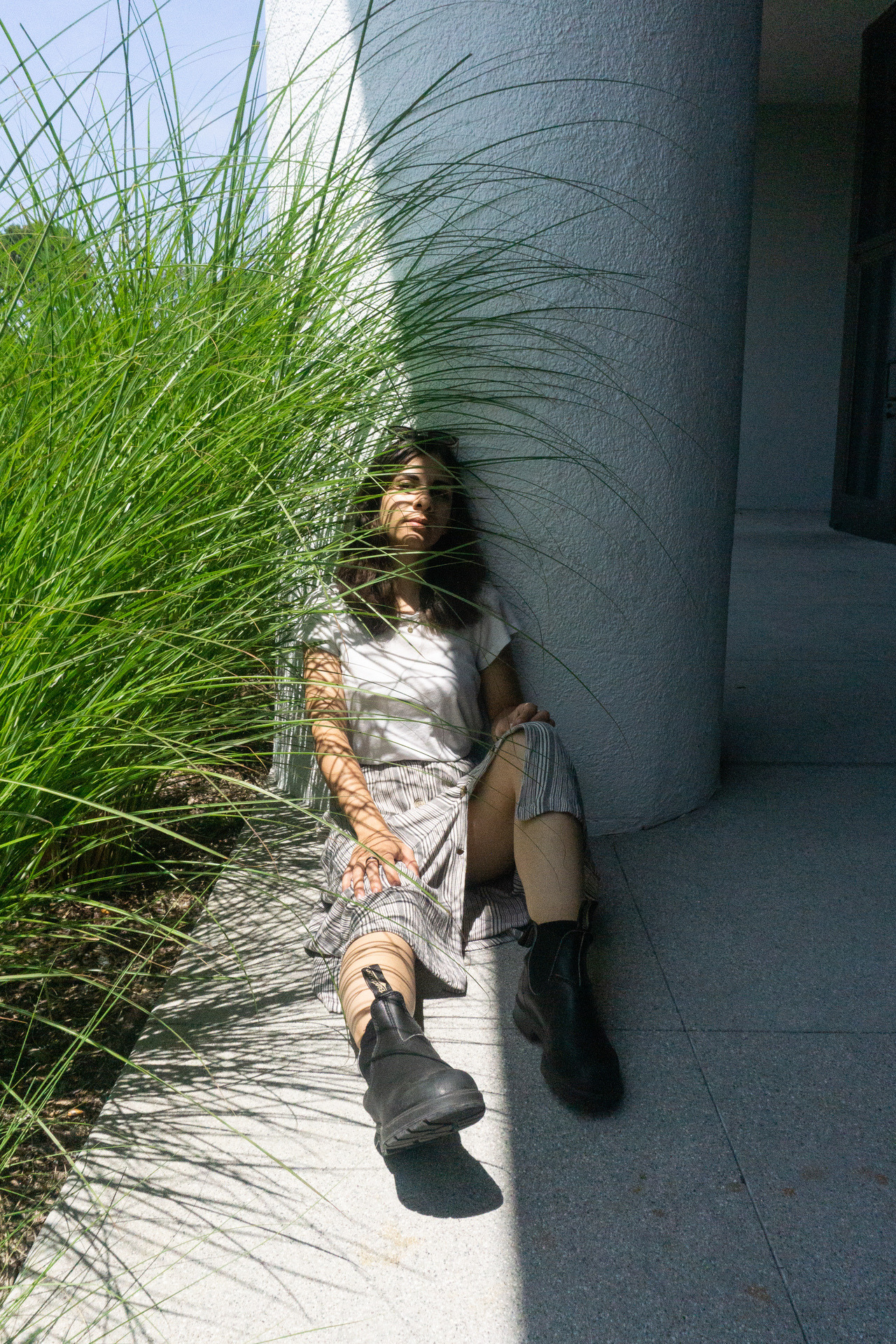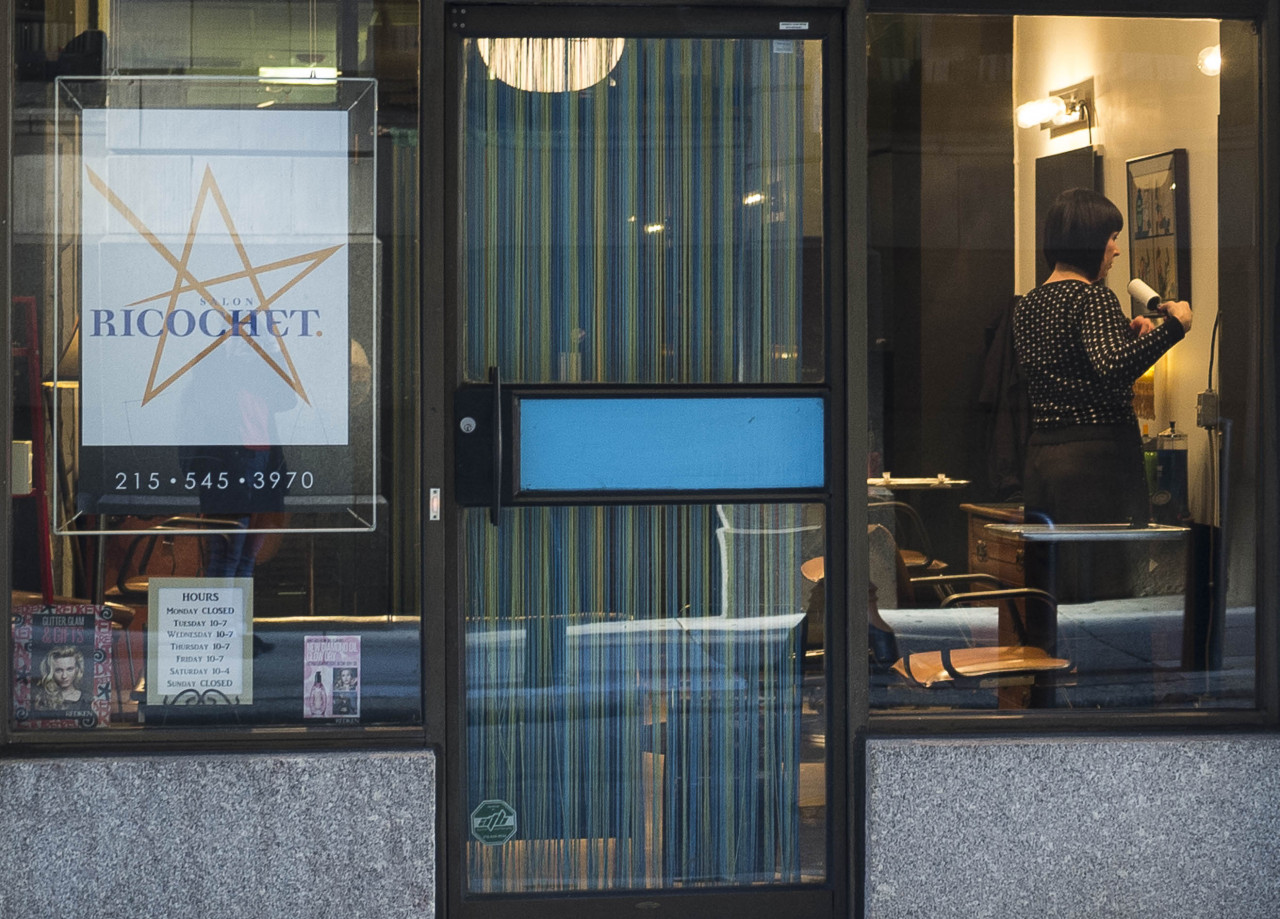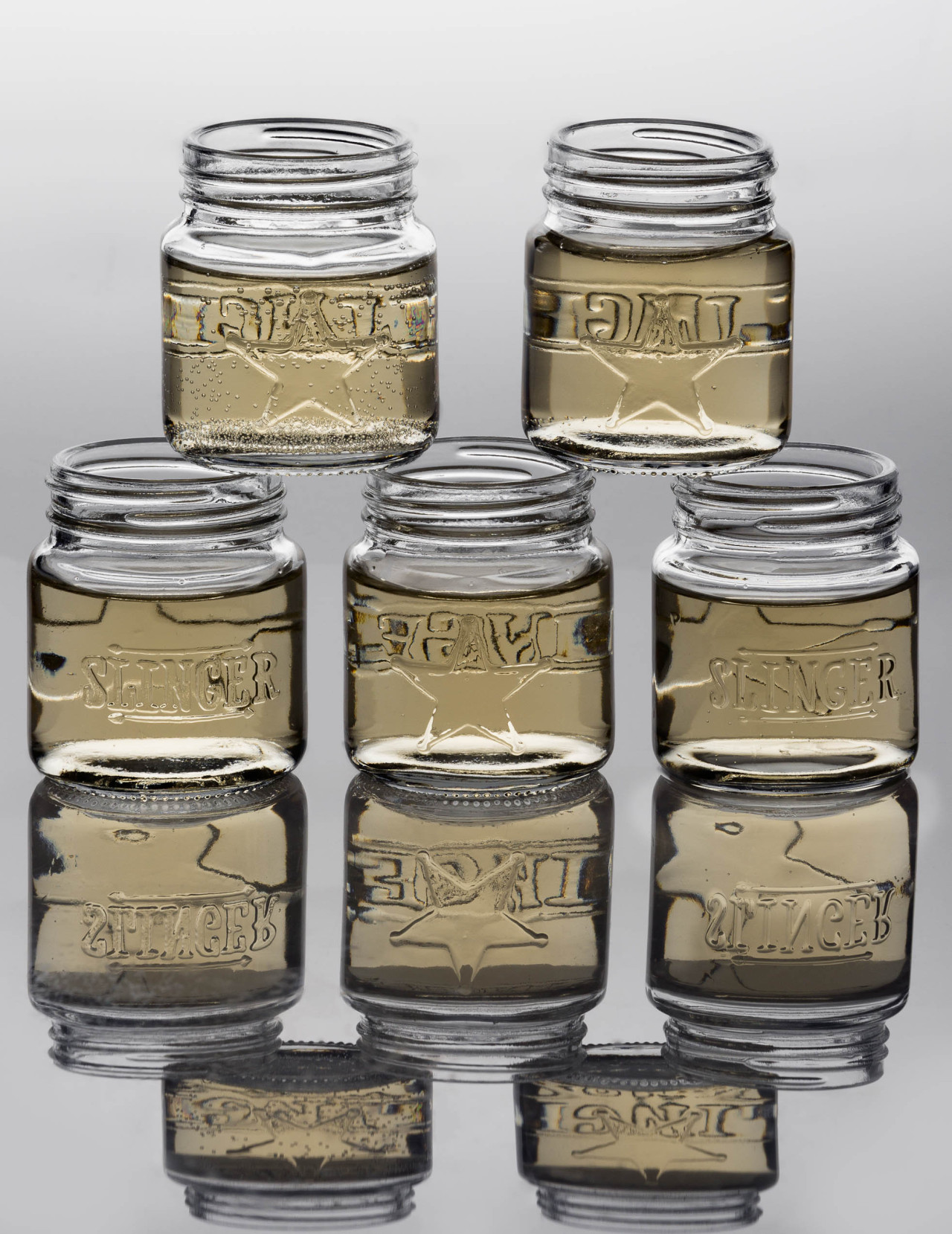@internalxternal
I also write poetry. Check out my writing Instagram for more!
how did it happen?
The funny thing is I ask this to myself a lot more than people ask me. How did I get lupus? I’m the kind of person that needs to know, “how?” What happened?
Did some of my cells just randomly decide to “get” lupus? Did I eat too much this or not eat enough of that? Was it because of that one time I had 105F fever as a baby? What did *I* do to cause me to have lupus?
The truth is I didn’t do anything.
What I’ve been trying to accept since being diagnosed is that there may never be an answer in my lifetime, or ever. The only thing I do know is how I found out. Finding out that you have a chronic, possibly life-threatening disease is kind of a ~big deal~. But it took me some time to fully realize that this thing that I have is for life. So I’d better get comfortable.
Over a few years, I felt like I was waiting for one thing: a doctor to put on my medical records under conditions: “SLE” or systemic lupus erythematosus. I knew something wasn’t right with my body and going without professional validation was starting to drive me crazy. It is exhausting, physically and mentally, to not have answers for why you feel like shit. Even though you don’t want something to be wrong, it is a relief to get a diagnosis. I remember waiting for blood test results and secretly thinking “I hope it comes back bad” because then, there’d be an answer, a reason.
On average, it takes up to six years for a person to be officially diagnosed with SLE. For me, it was under three years. I got really lucky. I couldn’t even imagine going six years without knowing what’s wrong with me or how to treat it.
It’s hard to say when it started. The symptoms are vague - fatigue, joint pain, rashes, fevers - anything can cause that stuff. I had really awful eczema when I was in elementary school - maybe it started then. I had knee pain so bad as a teenager I ended up needing physical therapy - maybe it was then. In high school, I was always tired but there was always an excuse like long hours at tech crew, high-level classes, AP Art, staying up too late texting. All my symptoms seemed “normal”. Side effects of life. Until they weren’t.
When I was 18, I got general bloodwork done at my first Big Girl doctor’s appointment. The results came back with a red flag. Basically, I had elevated liver enzyme levels. As an otherwise healthy, young person, it didn’t make sense to my doctor and it definitely didn’t make sense to me. I can barely even tell you what liver enzymes are. Then it came time to play a long and annoying game called “rule it out” because that’s all doctors can do sometimes. I saw two different gastroenterologists and a rheumatologist and after a bunch of tests, ultrasounds, etc. there were little red flags here and there but nothing that could pinpoint a cause or disease. This is when I first got tested for antinuclear antibodies(ANA) and got positive ANA results. A positive ANA means that these antibodies are present in the body at higher than normal amounts. This is a sign of the immune system acting up. Positive ANA, along with other symptoms, is one of a few ways to tell if a person has an autoimmune condition. But the mere presence of Positive ANA can also just be a fluke - anyone can have ANA in their system if they have a virus or are taking certain medications, etc. So I had some symptoms and I had the positive ANA but this still wasn’t enough for a real Answer. For over a year my doctors continued to re-test me every few months. This meant I’d have to travel home from college, then to the doctors, and get anywhere from 2-6 tubes of blood drawn. Add in the fact that I have really small, hard to find veins that only experienced nurses can handle. It wasn’t the most fun time in my life, to say the least. I was young, in college, and I didn’t want to worry about my health in this kind of way.
I would like to say that even though my experience seemed, at the time, really bad it could have been so so SO much worse. More on that later.
During all that, I had a reoccurring rash on my chest. It didn’t hurt or itch so I didn’t think much of it but after it came back a few times, my doctor finally asked me if I wanted to get it biopsied. I said yes and they carved out a little piece of skin from under my boob - I still have the scar. The results came back as positive for SLE. Even then, I was still only diagnosed with mixed connective tissue disease - a general autoimmune disease. It took about a year of reoccurring symptoms and rashes for my rheumatologist to officially say “yeah, I think it’s lupus.” And that’s the most guarantee I’ll ever have.
In 2016, I was prescribed a daily medication to help manage symptoms and I’ve been on it ever since. It is definitely not a cure-all. There isn’t one, but it helps. I think the most fascinating thing about Lupus is that it can be so different for different people. I’ve heard the horror stories of the disease effecting lungs, kidneys, the heart…and it can get really bad - life-threatening even. I know people have died from this. I know some people can barely walk, can barely work, can barely live their lives because of this disease. Thankfully, that isn’t my story so far. My story is weird and complex, more than this post can convey, but I am so grateful that it doesn’t have me in the hospital struggling to breathe.
Ironically, I am grateful for my health.
Recently
Internal, External (2017)
Thesis Statement
May 2017
In this body of work, titled Internal, External, I explore the ways I observe and understand myself and the world that I live in. Through photography, I am able to document, to evaluate, and to work through my thoughts, my questions, and my problems. Two years ago, I was diagnosed with a chronic, lifelong illness called Lupus. Lupus is an autoimmune disease which weakens the immune system and can cause inflammation, pain, and damage in any part of the body. For a while, it was easy to pretend that I wasn’t affected by the diagnoses, especially because many of its symptoms are invisible. Through this project, I am making my illness visible by using self-portraiture and imagery of cells effected by lupus. The images are layered in a variety of ways so that I can see and accept it for myself and so that, hopefully, others can, too.
Lupus is difficult to diagnose and it is even more difficult to recognize its effects on a person. Much of the damage happens on the interior. Because it is difficult for people to understand things that they cannot see, I often feel confused and misunderstood when it comes to my illness. In my work, however, I have the opportunity to create a visual understanding of this disease - to make the internal, external. I am determined to develop the conversation about chronic and invisible illnesses.
Internal, External is a form of self-discovery and catharsis through a creative portrayal of an illness. It is a way for me to simultaneously perceive myself with an illness and show the world what is like to live with one. To make Lupus visible, and even beautiful, is one way to cope, to teach, and to accept this illness and others like it.
Selfies (2016)
Portraits
Philadelphians (2015)
Food & Drink








